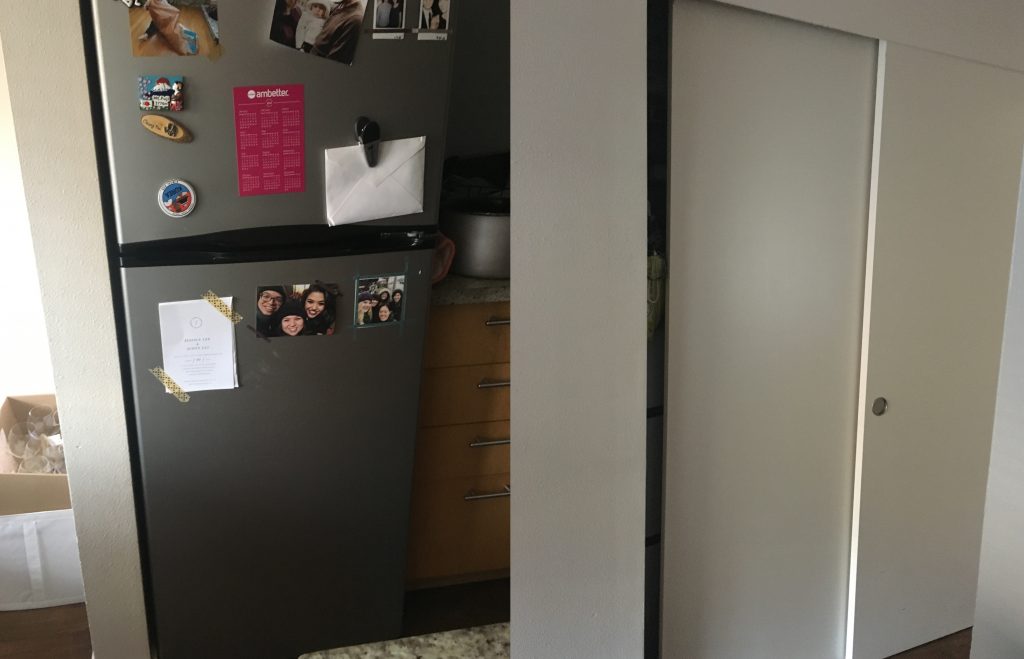Things I like & dislike.
Be Specific About What Type of Heicha!
The term Heicha is overly used as a tea type. It is incredibly broad and stands out for a diverse setof teas, from Sichuan Kangzhuan, traditionally stored sheng, ripe pu’erh from Yunnan, Fuzhuan from Hunan, Qianliang from Hunan, Fuzhuan from Shaanxi, Liubao from Guangxi, and Liuan from Anhui, etc. Liuan and Liubao start with the same character and are often confused together but are actually very different tea types. They are totally different from a Fuzhuan inoculated with golden flower fungus or ripe pu’erh which is usually made with the large leaf varietal and has a wet piling process. These are distinctive tea categories that have different processing methods. We should not overgeneralize and lump them together when we’re talking about specific preferences or experiences. Be specific about what actual heicha you’re talking about!
Over Obsession with Old Tree
I prefer old tree pu’erh over aged tea.
One area I’m sympathetic with the White2tea view is the over obsession old tree tea. If anyone is using the above statement, there’s a strong chance they’re actually just referring to a certain style of modern processing. Modern processing and modern style pu’erh does not equate to old tea trees. There’s tons of stuff being masqueraded as old tree tea that’s just not. I’d be foolish if I said that I could tell you exactly which teas are what % old gushu. I can give a guess, but that’s far from the 100% truth. Whether a specific tea is old tree or not is also a tired and uninteresting discussion in my opinion. When carried out on the internet these discussions usually go nowhere. It’s also incredibly difficult to prove any such claims as well, making valuable feedback quite challenging.
When someone gives a statement above it often implies that they like modern style young pu’erh over aged tea. That’s fair, you can drink what you’d like. Please don’t pretend everything is all about old tree pu’erh and those who choose to drink older teas are drinking crap..
Vendors Speaking Out
I’m sympathetic to vendors speaking out and calling out bad behavior. While I understand the criticisms of vendors speaking out, they often have experiences and expertise that hobbyists don’t have. For instance there are a fair number of pu’erh vendors that travel to Yunnan. There aren’t many hobbyists or people with platforms that spend extended amounts of time there every year. This gives vendors a valuable perspective towards a number of topics.
In the case of calling out others, I think much of the same applies. It’s a lot more difficult for a guy like me to call shenanigans on someone claiming something is old tree pu’erh than people with experience in Yunnan like Scott (Yunnan Sourcing) or Paul (White2Tea). I think we should not be shaming vendors for speaking out but even encouraging it more often. In my opinion, their knowledge is sincerely appreciated even when it is used to teach lessons that we may not want to hear.
XXL-Sized Home Storage
I admire anyone that has the guts to get a huge single box storage setup, whether it be a full-sized fridge or a giant odor-free cabinet or whatever. If those of us with loads of tea are being honest with ourselves, it probably makes more sense than several small devices. You can make the case for having a bunch of smaller fridges or bins (easier to move, stash in different corners of your house, do tests with, etc.), but I think I’d rather have one large stash of tea than several disparate ones. Most of us tip toe around our significant others and incrementally just add another bin to our storage rather than going all in. I admire those that bite the bullet and go all the way in. Bonus points if you can avoid a divorce. WAF (Wife Acceptance Factor) be damned.

Misleading Descriptions of Pu’erh Storage
One interesting trend in the west is old pu’erh people popping up to resell their stash in the pu’erh tea club or elsewhere. People who bought pu’erh in the west 10 or more years ago were truly pioneers. Unfortunately being a pu’erh pioneer can be kinda rough, especially in terms of storage. Information was scarcer and of the teas has not turned out that well. I’ve also heard of failures in storage. Mold, infestations, odor tainting, very dry storage, etc. This all makes me pretty skeptical towards the efficacy of a lot of western home setups. Perhaps even moreso for our dear pioneers.
When an old pu’erh hobbyist is looking to sell we’re treated to the usual gamut of pu’erh storage words: clean, free of odors, and a humidity mark. I’ve seen in a number of these, the humidity listed quite high (70+RH) and when poking around have discovered that in some cases the humidity listed is simply the year round average of the city they are based. Unless the tea is actually stored outside, this is misleading and not a useful way to describe their tea storage. An RH of 75 outside in a North American or European city, will likely mean a totally different RH where there are heating and air conditioning. The temperature and whether it is in a heated space is also often inexplicably omitted, which is an extremely important parameters in pu’erh storage.
Stocks of these teas are often small making it very common for no samples to be available. If we’re going to gamble and blind buy cakes the more we know about the storage the better.

Leave a Reply